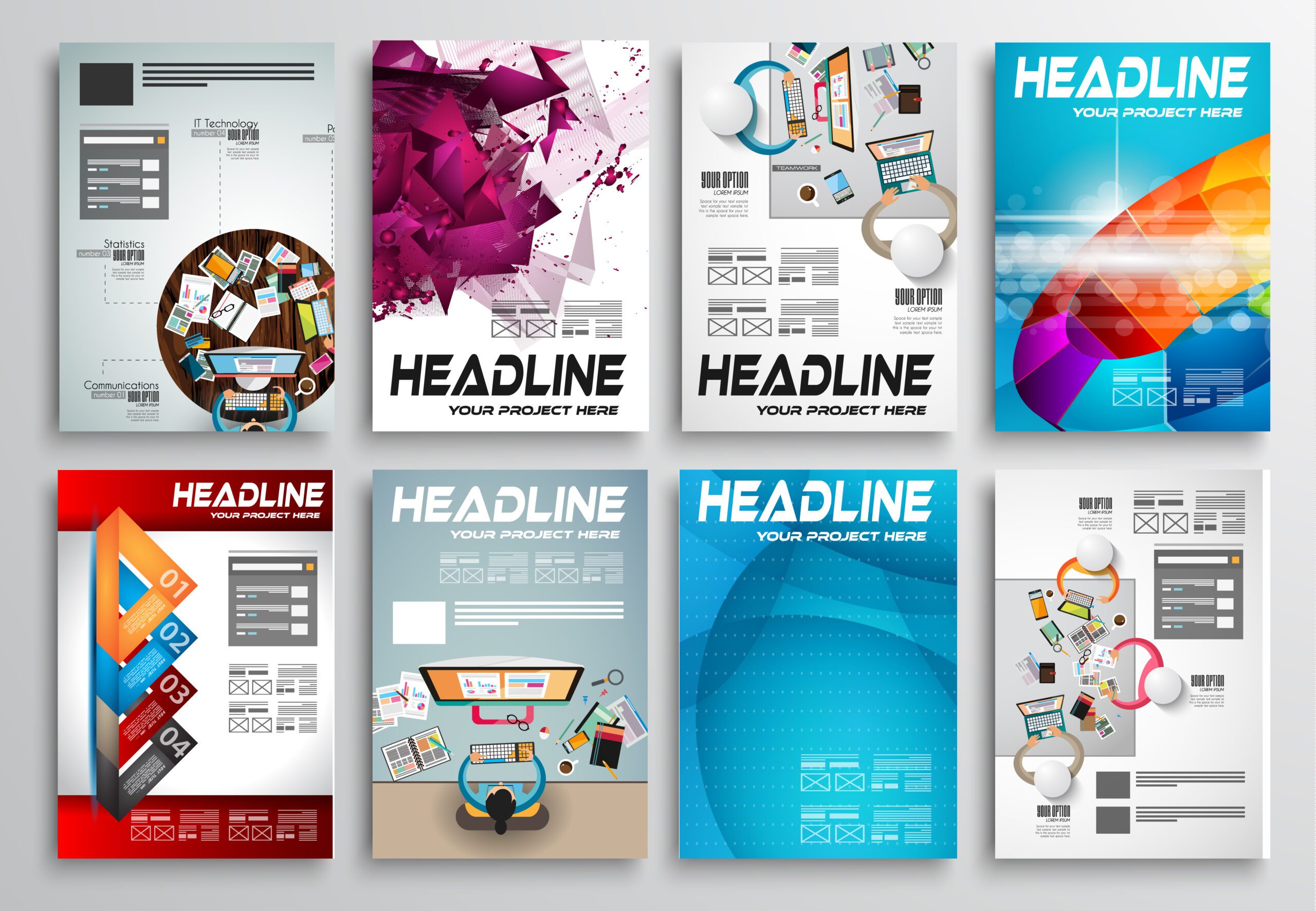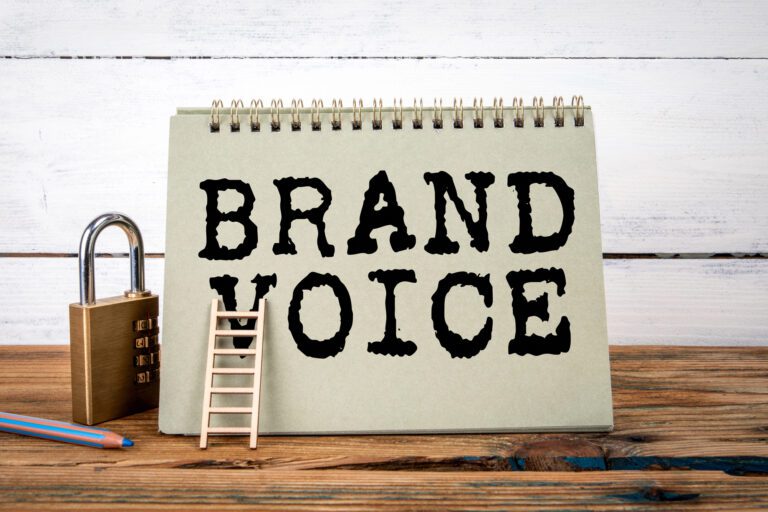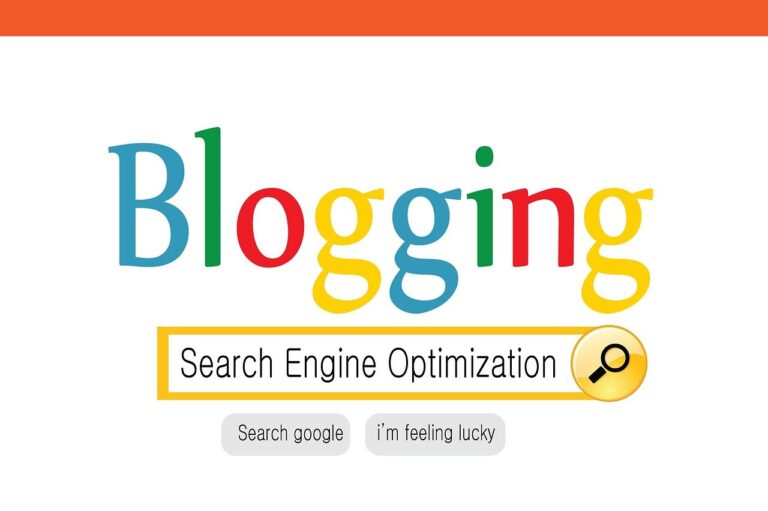Craft compelling headers for your healthcare blog: Boost readership with catchy titles
Crafting catchy headers for your healthcare blog can make or break your content’s success. A well-crafted headline grabs attention, sparks curiosity, and entices readers to dive deeper into your article.
Your healthcare blog headlines should be clear, concise, and promise valuable information to your target audience.

When writing headers for your healthcare content, consider your readers’ needs and interests. Are they looking for expert advice, the latest medical breakthroughs, or practical tips for managing their health?
Tailor your headlines to address these specific concerns and you’ll see a significant boost in engagement.
Remember, a compelling headline is just the beginning. Back it up with high-quality, accurate content that delivers on the promise of your attention-grabbing header. This combination will help you build trust with your readers and establish your healthcare blog as a go-to resource in your field.
Key Takeaways
- Craft clear, concise headlines that promise value to your healthcare blog readers
- Tailor your headers to address specific concerns of your target audience
- Ensure your content delivers on the promise made in your compelling headline
Mastering the Art of Headline Writing

Crafting compelling headlines is crucial for capturing your audience’s attention and driving traffic to your healthcare blog. A well-written headline can make the difference between a widely-read article and one that gets overlooked.
Understanding Your Audience
To create headlines that resonate, you need to know who you’re writing for. Are your readers healthcare professionals or patients? What are their primary concerns and interests?
For healthcare professionals, use industry-specific terminology and focus on topics like new treatments or research findings. Example: “5 Emerging Therapies Revolutionizing Diabetes Care”
When targeting patients, opt for clear, jargon-free language that addresses common health concerns. Try: “10 Simple Steps to Lower Your Blood Pressure Naturally”
Consider the emotional triggers that motivate your audience. Are they seeking solutions to health problems? Looking for ways to improve their practice? Tailor your headlines accordingly.
Essentials of SEO-Optimized Headlines
SEO-friendly headlines can significantly boost your blog’s visibility in search results. Include relevant keywords that your target audience is likely to search for.
Use tools like Google Keyword Planner to identify popular search terms in your niche. Incorporate these naturally into your headlines.
Keep your headlines concise, ideally under 60 characters, to ensure they display fully in search results. This helps improve click-through rates.
Consider using numbers or statistics in your headlines. For example: “7 Evidence-Based Strategies to Manage Chronic Pain”
Don’t forget to use your main keyword near the beginning of the headline for maximum SEO impact.
Using Power Words to Hook Readers
Power words are persuasive terms that evoke emotion and compel action. They can transform a bland headline into an irresistible one.
Some effective power words for healthcare content include:
- Proven
- Essential
- Breakthrough
- Life-changing
- Exclusive
Combine these with strong verbs to create dynamic headlines. For instance: “Discover 3 Proven Ways to Boost Your Immune System”
Create a sense of urgency to encourage immediate engagement: “Act Now: 5 Warning Signs of Heart Disease You Can’t Ignore”
Remember to use power words judiciously. Overuse can make your headlines seem sensationalized or inauthentic.
Credibility and Content Quality

Creating trustworthy healthcare content is crucial. You’ll need to balance engaging headlines with factual accuracy to build reader confidence.
Incorporating Evidence-Based Information
When crafting headers for your healthcare blog, you should always back your claims with solid evidence. Use medical research and authoritative sources to support your content. Look for recent studies in reputable medical journals to keep your information up-to-date.
Don’t shy away from citing specific statistics or findings. For example, you might write: “New Study Shows 30% Reduction in Heart Disease Risk with Mediterranean Diet.” This approach not only grabs attention but also demonstrates your commitment to accuracy.
Remember to explain complex medical terms in simple language. Your readers will appreciate clear, accessible information that doesn’t sacrifice scientific integrity.
Avoiding the Pitfalls of Clickbait
While catchy headlines are important, you need to steer clear of over-promising or sensationalizing health information. Clickbait might get clicks, but it erodes trust and credibility.
Instead of “Miracle Cure for Cancer Found!”, try “New Cancer Treatment Shows Promise in Early Trials.” This approach maintains accuracy while still piquing interest.
Be wary of absolute claims. Health science is often nuanced, so use qualifiers when appropriate. “May Help Reduce Symptoms” is more accurate than “Cures All Symptoms.”
Regularly seek feedback from your readers and medical professionals. Their input can help you strike the right balance between engaging content and medical accuracy.
Frequently Asked Questions

Crafting attention-grabbing headlines for healthcare blogs involves understanding your audience, using compelling language, and addressing key concerns. Here are some essential tips to help you create titles that resonate with readers and boost engagement.
What makes a healthcare blog title stand out to readers?
A standout healthcare blog title addresses a specific problem or question your audience has. It uses clear, concise language and avoids jargon. Including numbers or statistics can also make your title more compelling.
Try using action words that create a sense of urgency or excitement. For example, “Discover 5 Ways to Boost Your Immune System Naturally” is more engaging than “Immune System Health Tips.”
How do you write catchy headlines for health-related content?
To write catchy health-related headlines, focus on the benefits your readers will gain. Use power words like “essential,” “proven,” or “breakthrough” to grab attention.
Consider posing a question your audience is likely searching for, like “Is Intermittent Fasting Right for You?” This approach directly addresses common queries and piques curiosity.
Can you provide tips for creating engaging blog headers for medical topics?
When creating blog headers for medical topics, use plain language that’s easy to understand. Avoid medical jargon unless your audience consists of healthcare professionals.
Incorporate emotional appeal by addressing common fears or desires. For instance, “5 Simple Ways to Reduce Your Heart Disease Risk” appeals to the desire for better health.
What are some effective strategies to capture attention with health blog titles?
Use the “How-to” format to promise practical, actionable advice. For example, “How to Lower Your Blood Pressure Without Medication” is both informative and intriguing.
Create a sense of exclusivity by using phrases like “Little-known secrets” or “What your doctor isn’t telling you.” This approach can make readers feel they’re gaining insider knowledge.
How can I tailor my blog headlines to appeal to a health-conscious audience?
To appeal to a health-conscious audience, focus on prevention and wellness. Use phrases like “natural remedies,” “holistic approaches,” or “lifestyle changes” in your headlines.
Highlight current health trends or address popular health myths. For instance, “The Truth About Superfoods: What You Need to Know” combines trend awareness with myth-busting.
What are common mistakes to avoid when crafting blog titles in the healthcare niche?
Avoid making exaggerated claims or promises in your titles. Steer clear of clickbait tactics that might erode trust with your audience.
Don’t use overly technical language that might confuse or intimidate readers. Remember, your goal is to inform and engage, not to showcase your medical vocabulary.







